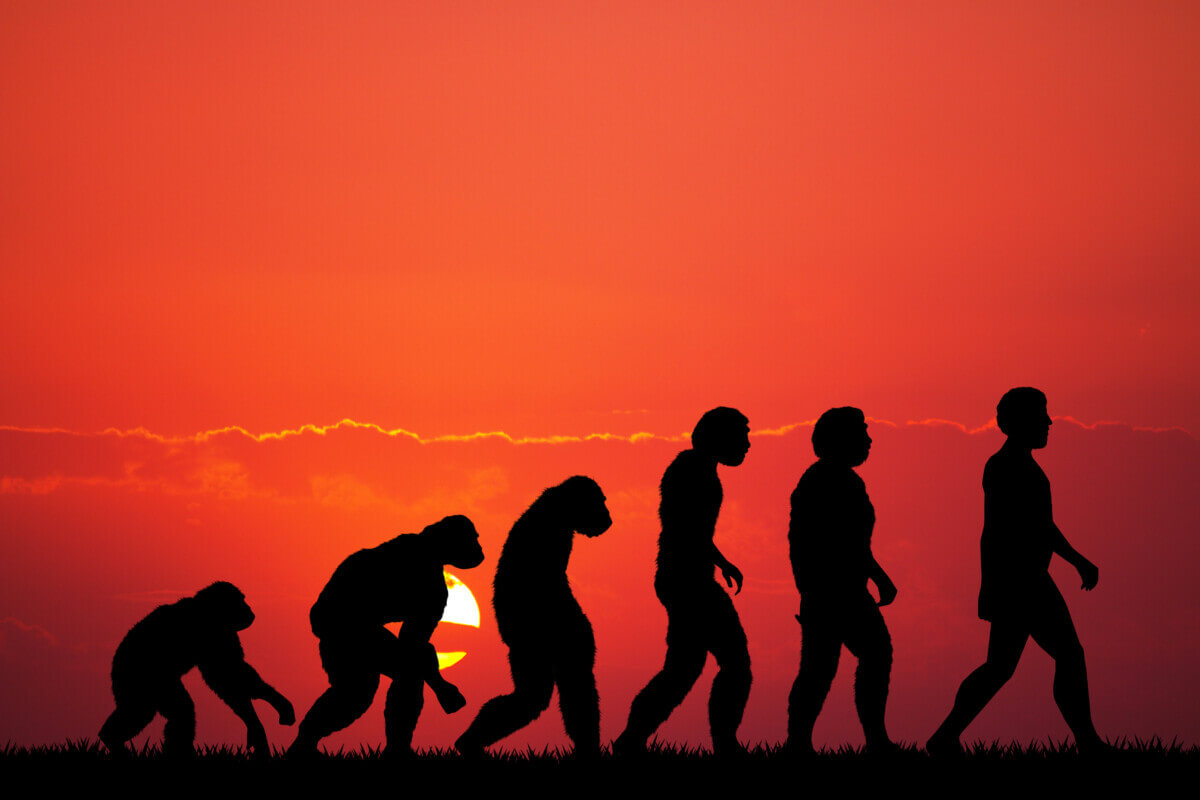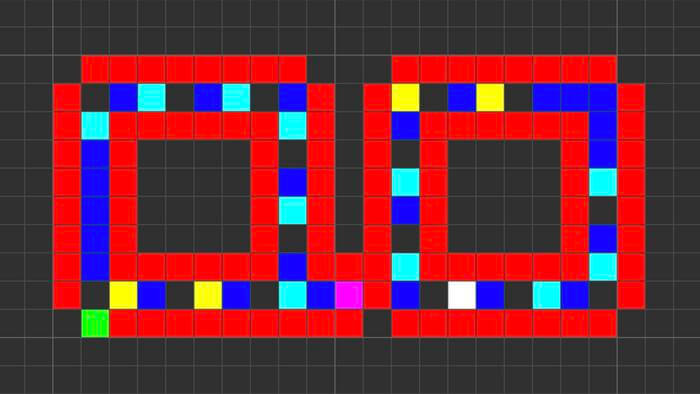
Human evolution (© adrenalinapura - stock.adobe.com)
LOS ANGELES — We know about rules governing the physical world, like gravity and thermodynamics. But did you know there are also recognized “rules of biology” describing patterns across living things? One example is Allen's rule, which states warm-blooded animals in colder areas tend to have shorter, chubbier limbs to retain body heat. Now, a USC molecular biologist believes he's found a brand new rule of biology.
John Tower says he has discovered a new fundamental biological rule that could explain core processes like evolution and aging. The unconventional idea states that instability, rather than stability, may be required for life itself.
The conventional wisdom is that living organisms naturally prefer stability since it's less energetically costly. However, Tower thinks this instability is actually advantageous and essential.
“Even the simplest cells contain proteases and nucleases and regularly degrade and replace their proteins and RNAs, indicating that SAI is essential for life,” Tower explains in a media release.
In the journal Frontiers in Aging, Tower calls this the principle of “selectively advantageous instability” (SAI). Here's how it might work: Within cells, components like proteins constantly get made, broken down, and recycled in an unstable flux. This yields two states — one with that unstable component present and one without.

Natural selection can then act differently on those states. Sometimes normal genes are better in one state, while mutations are favored in the other, Tower says.
“This can favor the maintenance of both a normal gene and a gene mutation in the same cell population, if the normal gene is favorable in one cell state and the gene mutation is favorable in the other cell state,” the study author explains.
This allows genetic diversity to build, helping evolution. Tower thinks SAI may also underlie aging. Creating and replacing those unstable components constantly burns materials and energy. Breaking them down costs energy, too. Plus, by allowing normal and mutated genes to co-exist, “if the mutated gene is harmful, this may contribute to aging,” Tower says.
In addition to evolution and aging, the new study suggests that SAI may have other far-reaching implications.
“Science has been fascinated lately with concepts such as chaos theory, criticality, Turing patterns and ‘cellular consciousness,’” Tower concludes. “Research in the field suggests that SAI plays an important role in producing each of these phenomena.”
EdNews Editor Chris Melore contributed to this report.










